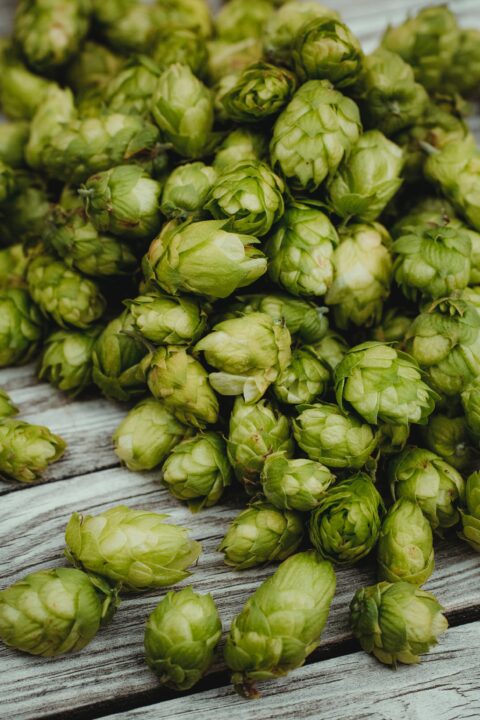Tips to Maximize Water Efficiency in Your Almond Grove
Editor’s note: Spencer Cooper joined the Almond Board of California last fall as Senior Manager, Irrigation and Water Efficiency. Western Fruit Grower® caught up with him to pose a few questions.

Spencer Cooper
What’s your background, i.e. education and experience?
I’m currently the Senior Manager of Irrigation and Water Efficiency for Almond Board of California. I joined the Board in 2016. My responsibilities include working with growers on improving irrigation efficiency by helping increase the adoption and understanding of new beneficial technologies. I also work very closely with the California Almond Sustainability Program (CASP).
Prior to joining the Board, I worked as a Field Support Agronomist for a wholesale fertilizer and irrigation technology company in Northern California.
When I’m not working with almond growers on irrigation, I enjoy working on my family’s ranch.
Yours is a newly created position, to meet the objectives of the Accelerated Innovation Management program. What does that program entail?
Almond Board of California has invested heavily in the area of water irrigation strategies and technologies that conserve water while optimizing almond production and tree health, as well as in ways to protect ground- and surface water from potential runoff or leaching of grower inputs.
One of these investments is the Almond Irrigation Improvement Continuum, a program to accelerate almond grower adoption of research-based, commercially available, and more water- efficient irrigation management and scheduling tools.
Almond Board of California has led to the development of a comprehensive manual of irrigation management addressing five essential elements. Those five key areas include:
- Estimating orchard water requirements based on evapotranspiration
- Measuring irrigation system performance and efficiency
- Determining the water applied
- Evaluating soil moisture
- Evaluating plant water status
We know that growers may be operating at different stages of irrigation efficiency and the Continuum provides information at three proficiency levels (1.0, 2.0 and 3.0).
The Almond Board’s goal is to assist the almond industry in meeting level 1.0. These are irrigation management practices that are within reach for of all California almond growers, and can be implemented with limited additional investment in time and/or financial resources. Levels 2.0 and 3.0 refine irrigation management with the employment of additional investments.
Beyond its effectiveness for California’s almond growers, the Continuum will likely offer a model for improving irrigation in other California tree fruit and nut tree crops.
Leading this initiative, I am presenting at grower meetings and workshops, visiting orchards, and giving phone consultations to answer questions and provide system-specific recommendations.
One practice I am eager to help growers with is understanding the importance of distribution uniformity, an essential first step in the Continuum. Understanding your system’s distribution uniformity is something that can be easily overlooked, and is a practice that can have a large impact on water use efficiency for almond growers.
What’s the No. 1 way you can help growers?
The No. 1 way I can help growers is to meet them where they are at in their water management and help them identify areas where there may be room for improvement. The Almond Board wants to make sure that all almond growers have a strong foundation in irrigation management.
I am available for assistance at any stage of Continuum adoption. Send me an email to [email protected] to schedule a phone consultation or an on-farm visit and for connections with irrigation management tools and resources.
What have been the biggest surprises in your grower visits?
I am very impressed with how interested growers are in learning more about new strategies that can improve their irrigation management. Almond growers have already adopted efficiency measures above average for California farmers with 70 % of almond growers using micro-irrigation systems and more than 80% using demand-based irrigation scheduling.
Growers are constantly focused on continued improvement and always looking to take their farming operation to the next level. I expect these numbers to continue to grow, and at a faster pace with the education and tools available with the Almond Board’s Almond Irrigation Improvement Continuum.









